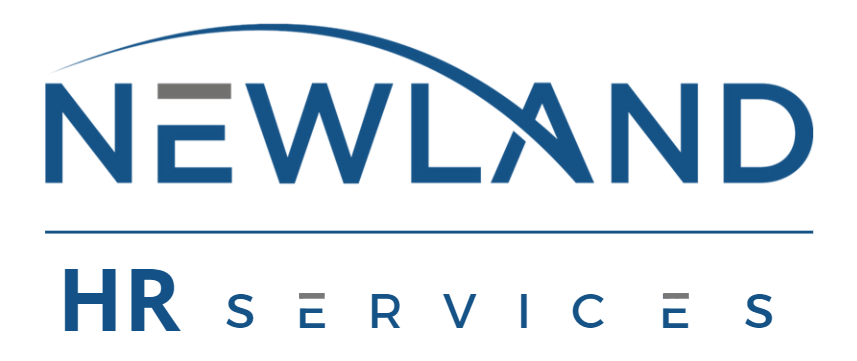Humane layoffs test the true integrity of leadership. When workforce reduction becomes real, how leaders act in the first 72 hours determines the organization’s reputation, trust, and long-term resilience. Forward-thinking companies recognize that layoffs are not just operational changes. They are defining moments that reveal a company’s integrity, empathy, and leadership strength.
Below is a framework for navigating those critical first three days with clarity, compassion, and strategic foresight.
1. Hour 0 to 24: Set the Tone with Transparency
Communicate early and clearly.
Once leadership decides that layoffs are necessary, bring HR, legal, and communications teams together immediately. Prepare a message that conveys the reasoning, guiding principles, and next steps. The goal is to demonstrate control and integrity rather than secrecy or hesitation.
According to Harvard Business Review, uncertainty in moments of crisis damages trust faster than bad news itself. Prompt, transparent communication prevents rumors and speculation from spreading internally and externally.
Acknowledge emotions and concerns.
When addressing employees, be honest about what is known and what is still being finalized. Admit that this is a difficult decision. A tone of empathy, paired with factual clarity, helps people process the situation more constructively.
2. Hours 24 to 48: Prioritize Dignity and Humanity
Provide equitable and humane support.
Offer fair severance packages, continuation of benefits, and access to career transition services. These steps show respect and care for departing employees’ futures. Progressive companies often provide resume coaching or job search assistance to help people land on their feet faster.
Deliver messages personally.
Each affected employee deserves a private, direct conversation. The discussion should focus on clarity, honesty, and empathy. Avoid scripts or generic explanations. Allow space for reactions, and equip managers to respond with understanding.
Recognize individual contributions.
Even small acknowledgments matter. A personalized note from leadership or access to an alumni network communicates appreciation for an employee’s impact. These gestures remind everyone that people are more than headcount; they are valued contributors to the organization’s story.
3. Hours 48 to 72: Align Communication and Control the Narrative
Coordinate across leadership, HR, and communications.
Ensure everyone shares the same core messages. Inconsistent explanations from different departments create confusion and mistrust. Align timing, phrasing, and tone across all communication channels.
Proactively manage the external message.
In today’s connected world, news spreads quickly. Prepare a public statement that reflects transparency and empathy. Explain the reasons behind the layoffs, such as market realignment or restructuring, without sounding defensive. Show that the company remains committed to its people and long-term mission.
Host a company-wide forum.
Within the first three days, organize a virtual or in-person meeting to address the entire workforce. Allow employees to ask questions and share concerns. When leaders show up and communicate openly, they help restore a sense of stability and control.
4. Supporting the Remaining Team
Address survivor’s guilt and uncertainty.
Employees who remain after layoffs often experience mixed emotions such as relief, guilt, and anxiety. Acknowledge these feelings directly. Explain how the organization will move forward and what is expected of each team member.
Rebuild trust through visible actions.
Share the immediate steps leadership is taking to stabilize the company. Quick, transparent actions such as realigning priorities, confirming team structures, or announcing new growth plans help restore confidence.
Reinforce psychological safety.
Create regular check-ins, listening sessions, and clear communication channels. Encourage open dialogue and feedback. According to research in the Journal of Organizational Behavior, consistent communication after layoffs significantly improves engagement and trust.
5. Leadership Visibility and Accountability
Be present and authentic.
Executives should not retreat behind statements or press releases. Leadership presence through team meetings, video messages, or one-on-one discussions signals ownership and compassion. Employees take their cues from how leaders behave in difficult times.
Commit to accountability.
Set measurable goals for recovery, engagement, and culture rebuilding. Share progress updates publicly within the company. Accountability reinforces credibility and keeps leadership aligned with its stated values.
6. Re-imagining Humane Off-boarding as a Strategic Practice
Modern organizations view humane layoffs as part of a long-term talent and brand strategy, not just crisis management. Companies that invest in dignified off-boarding maintain stronger alumni relationships and often rehire former employees who return with renewed loyalty and experience.
Some progressive employers are integrating ongoing transition support into their HR systems, ensuring that even in moments of contraction, people are treated with care. This approach reflects a shift from reactive to proactive workforce stewardship.
The New Standard for Leadership
How an organization handles layoffs defines how it is remembered. The first 72 hours are not about damage control but about demonstrating integrity and humanity. Employees, investors, and the public will remember whether leadership chose compassion or convenience.
At Newland HR Services, we help organizations navigate change with empathy and structure. Our experts design layoff communication strategies, off-boarding frameworks, and post-transition engagement plans that align with your values and protect your culture.








